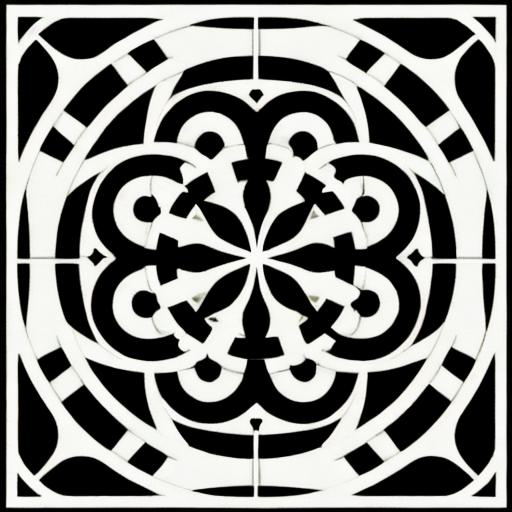Welcome, web developers!
Today we’ll explore a fascinating mathematical concept that has found its way into the world of programming: the number one, also known as “unity” or “one.” But why call it that? Let’s unravel this mystery together.
**What is Unity in Mathematics?** 🔵
In mathematics, unity is simply another name for the number one. It is a neutral element under addition and multiplication and represents identity in algebraic structures.
So, what makes it so special in programming?
Unity in Programming 🔵
In the context of programming, unity plays an essential role as a base value. In many programming languages, it is used as the default initial value for variables and data types.
For instance:


In C++ or Java, integer variables are initialized to zero by default. However, in some cases, we might prefer to initialize them to one instead, especially when dealing with arrays or loops.
In such instances, unity comes to our rescue!
In mathematics and programming, the identity element under multiplication is unity. This means that any number multiplied by unity remains unchanged. For example, 3 * 1 3.
**Conclusion: The Significance of Unity in Web Development** 🔵
In conclusion, the term "unity" is used to refer to the number one due to its unique properties as an identity element in both mathematics and programming. Understanding this concept can provide valuable insights into the foundations of various programming languages and mathematical principles. Whether you’re dealing with data structures or writing complex algorithms, unity plays a crucial role.
So the next time you come across this term, remember that it represents the humble beginning, the foundation, and the essential one—unity.
